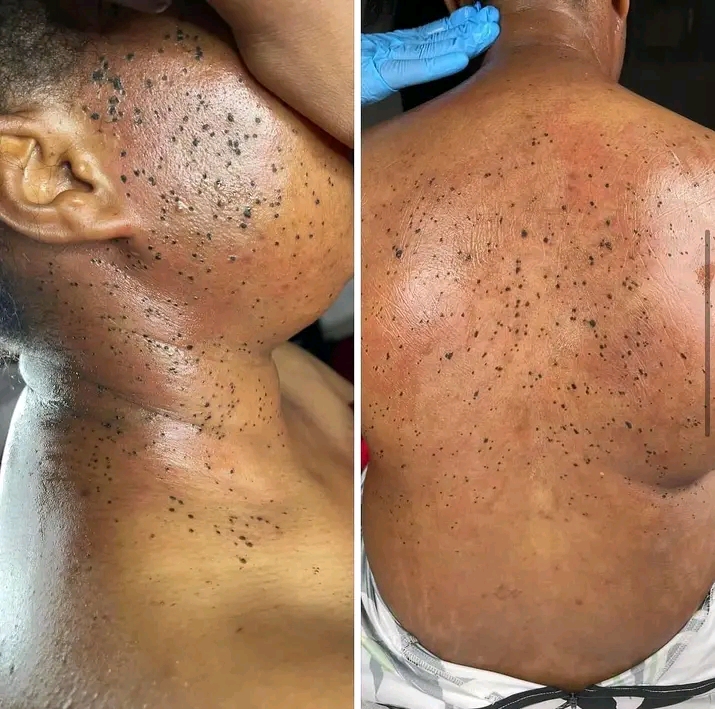Skin tags are tiny, benign growths that often appear on the neck, armpits, groin, and eyelids. They can also show up in other places where skin folds or rubs together. While they are not dangerous, they can be annoying, especially if they get caught on clothing or jewelry. Understanding why skin tags form and how to safely remove them can help you decide the best way to deal with them.
What to Know About Skin Tags

Skin tags are made up of collagen fibers, blood vessels, and skin cells. They look like small, soft balloons of skin attached to a thin stalk. They are usually about the size of a grain of rice but can be as large as a grape. Skin tags can be smooth or slightly wrinkled and may be flesh-colored or darker.
Why Do Skin Tags Develop?
Skin tags develop for several reasons:
1. Friction: Skin tags often form in areas where skin rubs against skin, like the neck, armpits, and groin.
2. Genetics: If your parents have skin tags, you might be more likely to get them too.
3. Age: Older adults are more likely to develop skin tags.
4. Hormones: Changes in hormones, like during pregnancy, can cause skin tags to form.
5. Weight: Being overweight can cause more friction between skin folds, leading to more skin tags.
6. Diabetes: People with diabetes are more prone to developing skin tags.
Are Skin Tags Dangerous?

Skin tags are generally harmless and not a sign of any serious medical condition. They do not turn into cancer. However, if a skin tag changes in appearance, bleeds, or causes pain, you should see a doctor to make sure it is not something more serious.
How To Remove Skin Tags:
If a skin tag bothers you, there are several ways to remove it. Here are some common methods:
At-Home Methods
1. Over-the-counter products: There are creams and solutions you can buy that freeze off the skin tag, similar to how warts are treated.
2. String method: This involves tying a piece of dental floss or thread around the base of the skin tag to cut off the blood supply, causing it to fall off after a few days.
3. Scissors or nail clippers: Some people use sterilized scissors or nail clippers to cut off skin tags. This can be painful and carries a risk of infection.
Medical Procedures
1. Cryotherapy: A doctor freezes the skin tag with liquid nitrogen, causing it to fall off after a few days.
2. Cauterization: This method involves burning off the skin tag using electrical energy.
3. Excision: A doctor cuts off the skin tag with a scalpel or surgical scissors.
4. Ligation: A medical professional ties off the skin tag to cut off its blood supply, similar to the string method.
How to Prevent Skin Tags

While it might not be possible to prevent all skin tags, you can take steps to reduce your chances of developing them:
1. Maintain a Healthy Weight: Reducing skin folds can help minimize friction.
2. Keep Skin Dry: Use powder to keep areas prone to friction dry.
3. Wear Loose-Fitting Clothes: This can help reduce rubbing and irritation.
When to See a Doctor
Most skin tags can be removed safely at home, but you should see a doctor if:
1. The skin tag is in a sensitive area, like the eyelid.
2. The skin tag is large or painful.
3. You are unsure if the growth is a skin tag or something else.
4. The skin tag changes color, bleeds, or grows quickly.
In conclusion, skin tags are a common and generally harmless phenomenon that can appear on various parts of the body. While they may be annoying and uncomfortable, they are usually not a cause for concern.
By understanding the reasons behind their development and the various methods for removal, individuals can make informed decisions about how to manage skin tags. Whether opting for at-home methods or seeking medical attention, it’s essential to prioritize proper care and precautions to avoid any potential complications.
By taking a proactive approach, individuals can effectively manage skin tags and maintain healthy, comfortable skin.






